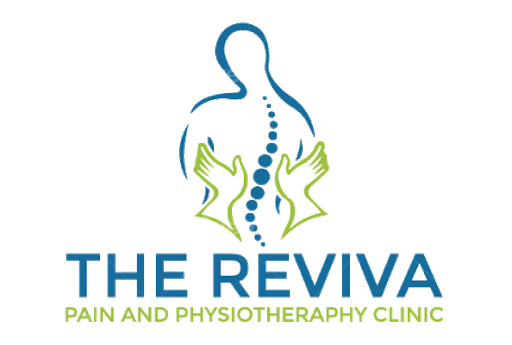Tennis elbow, also known as lateral epicondylitis, is a condition in which the forearm muscles that attach to the elbow become inflamed. Inflammation of the extensor carpi radialis brevis tendon is frequently the cause.
Tennis elbow is a repetitive motion injury induced by overuse. It’s widespread in racket sports, but it’s also common in job injuries, especially among painters, carpenters, and plumbers.
What is the purpose of physical therapy?
The idea is to strengthen and stretch your forearm muscles so you won’t have to deal with tennis elbow again. Your physical therapist may also show you how to modify your tennis stroke or another activity that is generating elbow pain.
Physical therapy can also aid in improving blood flow to the tendons, which do not receive the same amount of blood and oxygen as muscles.
Pain Reduction
Your therapist will begin by relieving your discomfort, then demonstrate stretching and strengthening activities.
They’ll use items like: to try to alleviate the discomfort and aid in the healing of your body.
- Massage with ice.
- Stimulation of the muscles.
- Supportive tape, straps, or braces
- Ultrasound.
Exercises for tennis elbow
1. Using a dumbbell, do supination.
The supinator muscle is a large forearm muscle that connects to your elbow. It’s in charge of turning your palm up and is frequently implicated in tennis elbow-causing activities.

It’s best to start with isometric supination without weights for all of the supination exercises described below: Rotate your hand up for around 30 seconds while keeping your elbow fixed.
- Sit in a chair with your elbow resting on your knee and a 2-pound dumbbell held vertically in your hand.
- Allow the weight of the dumbbell to assist you in rotating your arm outward and raising your palm.
- Rotate your hand in the opposite direction until the palm of your hand is facing down.
- On each side, repeat 20 times.
- Keep your upper arm and elbow stationary and try to isolate the movement to your lower arm.
2. Extending the wrist
The wrist extensors are a collection of muscles that allow you to bend your wrist, such as when making the “stop” hand signal. Overuse of these tiny muscles that connect to your elbow is common, especially in racket sports.
- Sit in a chair with your palm facing down and a 2-pound dumbbell in your hand. Rest your elbow on your knee in a comfortable position.
- Curl your wrist toward your body while keeping your palm facing down. If this is too difficult, perform the action without any weight.
- Rep 10 times on each side before returning to the starting position.
- Keep the rest of your arm still while you isolate the movement to your wrist.
3. Towel twist

- Sit on a chair, both hands holding a towel, shoulders relaxed.
- Twist the towel in opposing directions with both hands, as though wringing out water.
- Rep 10 times in one direction, then 10 times in the opposite direction.
Precautions
Before beginning an exercise regimen, always get medical advice. A thorough examination is necessary to rule out a major injury such as a muscle or tendon tear.
Wait until the irritation has reduced before engaging in any activities, as this may aggravate the problem. Rest and ice your elbow and forearm if pain persists after activity, and visit a physical or occupational therapist to confirm you’re doing the exercises appropriately.
Changing the way you do something on a regular basis can often help alleviate discomfort. Your therapist can assist you in determining which movements are causing discomfort.



